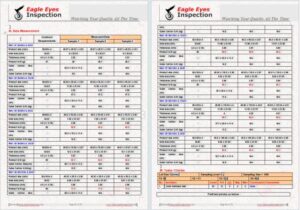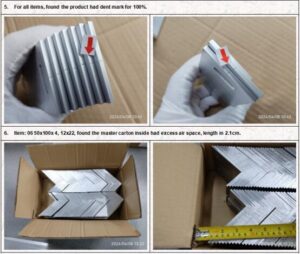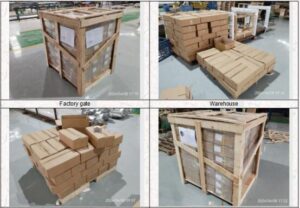
The key inspection points for metal accessories typically include the following aspects:
1. Dimensional Inspection
Verify that all dimensions (length, width, thickness, hole sizes, etc.) meet the design specifications.
Check tolerances to ensure consistency.

2. Surface Quality
Inspect for scratches, dents, rust, oxidation, or other surface defects.
Ensure proper plating/painting (e.g., no peeling, uneven coating, or discoloration).


3. Material Verification
Confirm the correct metal type (e.g., stainless steel, aluminum, brass) and grade.
Check material certificates (if required) for compliance with standards.
4. Functional Testing
Test moving parts (e.g., hinges, locks) for smooth operation.
Verify thread engagement (if applicable) for screws, nuts, and bolts.
5. Strength & Durability
Conduct hardness tests (if required).
Check weld quality (no cracks, porosity, or weak joints).
6. Corrosion Resistance
Perform salt spray tests (if applicable) to verify coating durability.
Ensure proper passivation for stainless steel parts.
7. Marking & Labeling
Verify part numbers, batch codes, and manufacturer markings.
Check for compliance with industry standards (e.g., RoHS, REACH).
8. Packaging & Documentation
Ensure proper packaging to prevent damage during transit.




